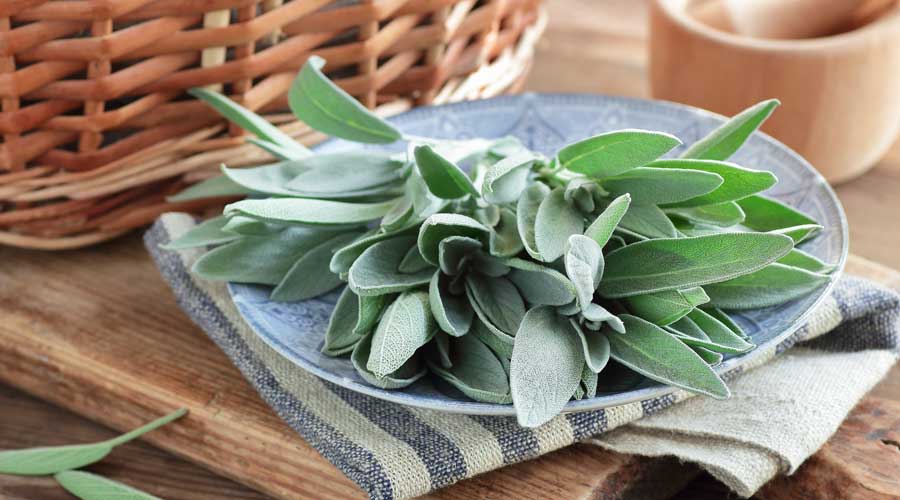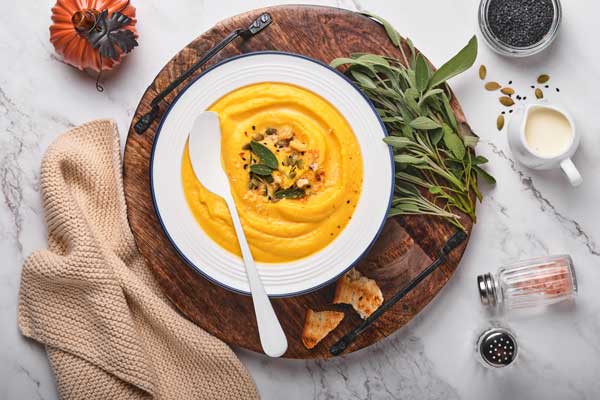
Sage (Salvia officinalis) is a hardy, perennial herb well-loved for its rich aroma and versatility in the garden and kitchen. Native to the Mediterranean, it thrives in Australia’s warm, dry conditions and requires very little maintenance once established. Whether you’re planting in a veggie patch, herb spiral, or container, sage is a reliable and rewarding plant to grow.
Why Grow Sage?
- Resilient and drought-tolerant – great for water-wise gardens
- Highly aromatic leaves – ideal for culinary use
- Beautiful pollinator plant – attracts bees and beneficial insects
- Long-lived perennial – can thrive for several years with minimal care
Getting Started: Sowing Sage Seeds
Sage seeds are small and slow to germinate, so patience is key. You can sow directly in the garden after the last frost, or start them indoors for a head start.
Sowing Instructions
- Sow seeds 5 mm deep in trays or directly into well-drained soil
- Keep moist, but avoid waterlogging
- Germination typically takes 14–21 days
- Transplant seedlings when they have 2–3 true leaves and are about 5–8 cm tall
Ideal Conditions for Growing Sage
- Sunlight: Full sun (at least 6 hours daily)
- Soil: Well-drained, slightly sandy or loamy soil is best
- pH: Neutral to slightly alkaline (6.5 to 7.5)
- Spacing: Space plants 30–45 cm apart
Watering and Maintenance
Once this herb is established, it requires little water. Allow the soil to dry between waterings to prevent root rot. Sage dislikes wet feet.
- Mulch around the base of plants to suppress weeds and retain moisture
- Trim back woody stems in early spring to encourage fresh growth
- Avoid over-fertilising, as this can reduce essential oil content in the leaves
Pests, Diseases & Insects
Sage is relatively pest-resistant, but you may occasionally see:
- Aphids: Remove with a blast of water or insecticidal soap
- Spider mites: Common in dry conditions; increase humidity or spray neem oil
- Whiteflies: Attracted to overcrowded or stressed plants—space and airflow help prevent this
Disease Tips: Ensure good drainage to avoid fungal diseases like root rot or powdery mildew. Avoid overhead watering.
When and How to Harvest Sage
- Begin harvesting once plants are at least 15–20 cm tall
- Pick young, tender leaves for best flavour
- To preserve sage, dry sprigs upside down in a well-ventilated space or freeze chopped leaves in oil or butter
How to Use Sage

A staple in savoury dishes and herbal remedies:
- Culinary: Use in stuffings, roast meats, sauces, breads, or infused in butter
- Medicinal: Traditionally used to aid digestion, sore throats, and as a mild antiseptic
- In the garden: A natural pest repellent and companion plant for brassicas and carrots
Companion Planting
- Good companions: Rosemary, thyme, carrots, cabbage
- Avoid planting near: Cucumbers – can inhibit their growth
Final Tips
Keep your plant tidy by pruning regularly, and replace older woody plants every few years for peak productivity. With a little care, this herb will reward you with fresh leaves all year round and a low-maintenance, fragrant presence in the garden.
Ready to plant? Shop heirloom sage seeds here.
